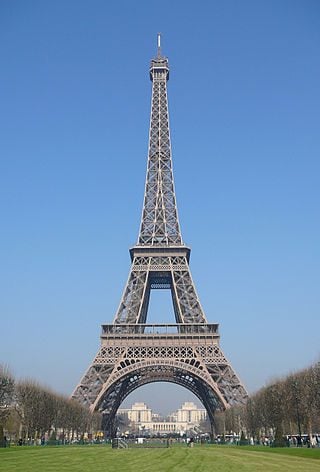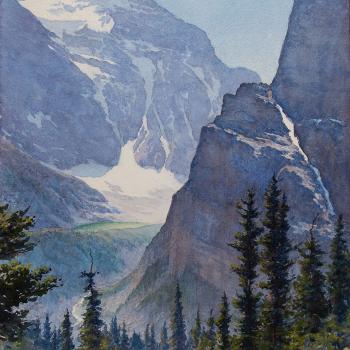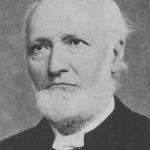
Continuing the forward slog with The Book Manuscript:
The Latter-day Saints and their leaders never lost the deep interest in the Near East, and especially in Palestine, that had been with them from the beginning. Even as they abandoned their temple in Illinois, they saw themselves as a modern-day Camp of Israel, led by an American Moses. However, this was no mere daydream or literary fancy. It was a reality of daily dirt and grit. Hard work required almost all their attention if they were to succeed in establishing Zion in the tops of the Rocky Mountains. Amid the demands of a forced exodus from Nauvoo, an historic and difficult trek westward, and the colonization of the Great Basin in the West, their energies were largely devoted to their own concerns. Hundreds of communities had to be established. Irrigation systems needed to be built. Sometimes, it was a matter of simple survival. Still, they remembered Palestine and the Near East, and that remembrance is illustrated in the names that they chose for many of their settlements and for the physical features of their new home in the western desert. When they saw a river that connected a fresh water lake to a vast lake of salt water, it was inevitable that they would call that river the “Jordan.” Towns bearing names like Enoch, Ephraim, Hebron, Jericho, Jerusalem, Little Zion,[2] Manasseh, Moab, Ophir, and Salem sprang up throughout areas of Mormon settlement. Mountains received names like Canaan, Carmel, Gog and Magog, Nebo, and Pisgah. In Sevier County, the settlers named a prominent rock formation “Solomon’s Temple.” In the southern part of Utah, a particularly spectacular area came to be known as Zion Canyon. But even though they remembered the land of Palestine, and continued to dream of its glorious future and to draw inspiration from events in its past, there was, for a long time, little that the Latter-day Saints could do about the area in a practical way. For more than thirty years after Orson Hyde’s dedicatory prayer, Mormon activity was absent from the Holy Land.
When they were able to free themselves from the day-to-day demands of colonization and survival, however, the leaders of the Church acted to reestablish contact between the new capital city of God’s people in the New World and the ancient city of His people in the Old. In October of 1872, another apostolic mission was sent to Palestine, with the assignment of rededicating the Holy Land for the return of Judah. President George A. Smith, first counselor to Brigham Young, was selected to lead the group. He was accompanied by two members of the Quorum of the Twelve, Elders Lorenzo Snow and Albert Carrington, and by several other Latter-day Saints, including the poet and Relief Society leader Eliza R. Snow. The group’s journey to the Holy Land and back occupied eight months, considerably less time than Orson Hyde’s journey had required. (Improved transportation, including the newly completed transcontinental railroad in North America, played a major role in this.) Officially traveling as tourists rather than as missionaries, the company was able to enter countries from which Latter-day Saints had previously been barred.
Posted from Paris, France











